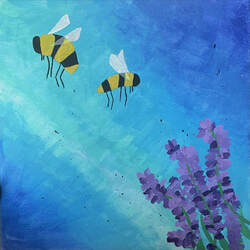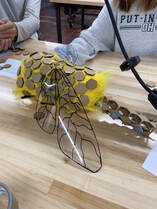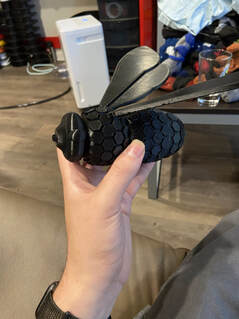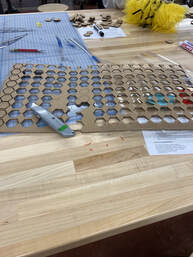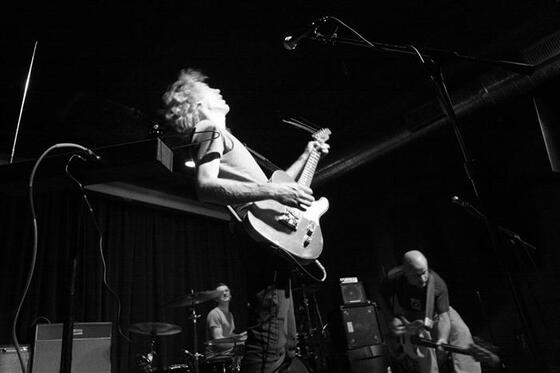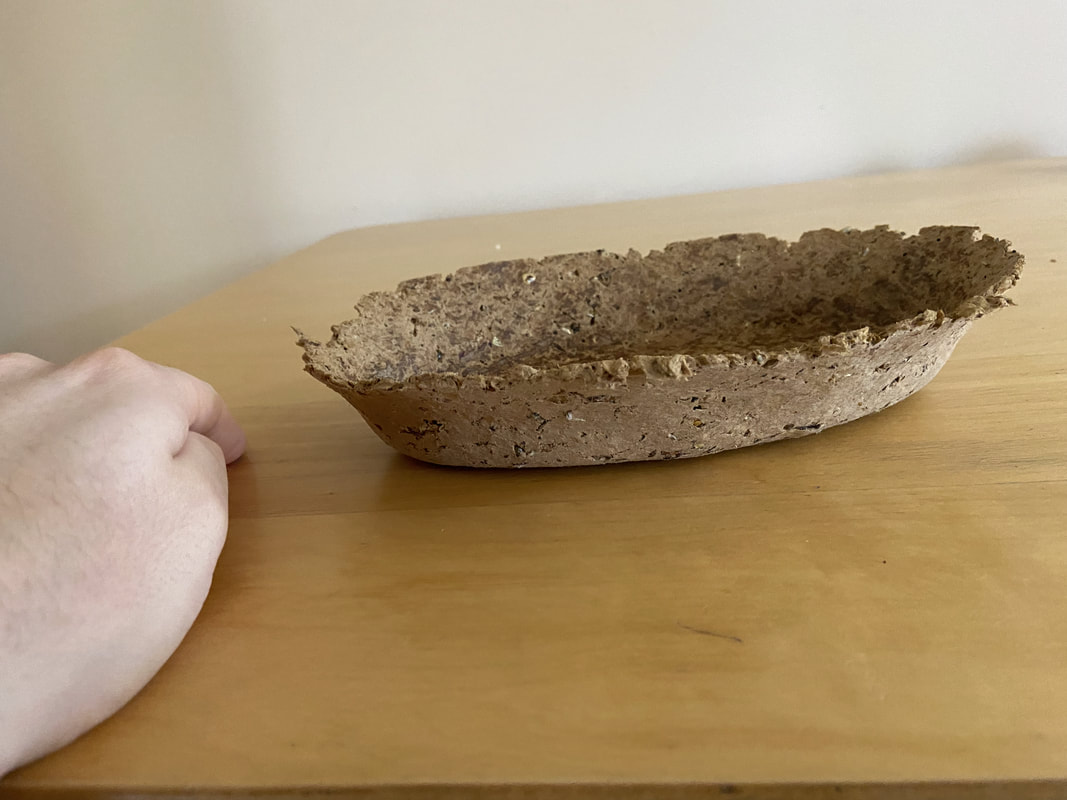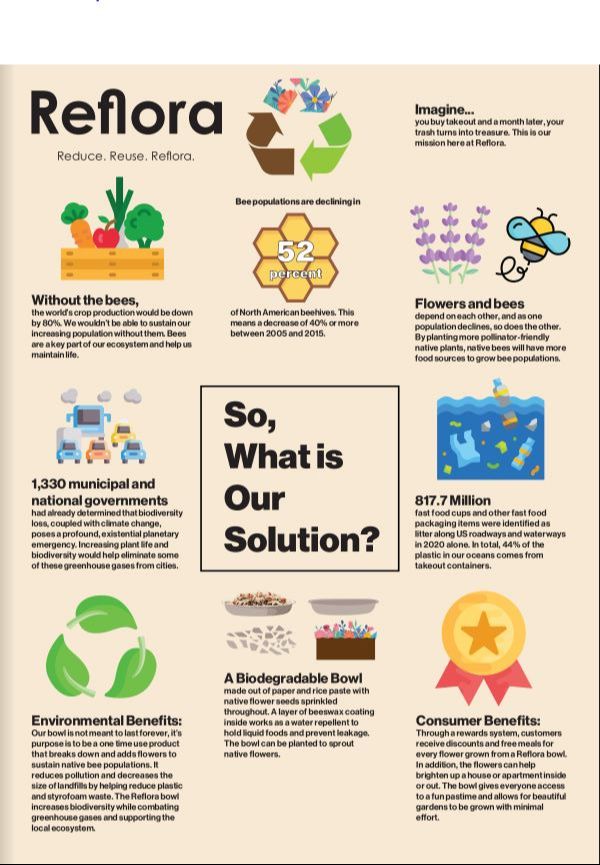Sticky Innovation
What is Sticky Innovation?
Sticky Innovation is an honors seminar taught by Dr. Gaskins and Professor Sheth in the 1819 Innovation Hub. It focuses on tackling complex, seemingly impossible problems in forward-thinking ways. The focus was on the disappearance of the bees and their relation to climate change. The class involved engineering, literature, research, and discussion to find solutions to the problem of the bees.
Sticky Innovation is an honors seminar taught by Dr. Gaskins and Professor Sheth in the 1819 Innovation Hub. It focuses on tackling complex, seemingly impossible problems in forward-thinking ways. The focus was on the disappearance of the bees and their relation to climate change. The class involved engineering, literature, research, and discussion to find solutions to the problem of the bees.
Reflection 1
